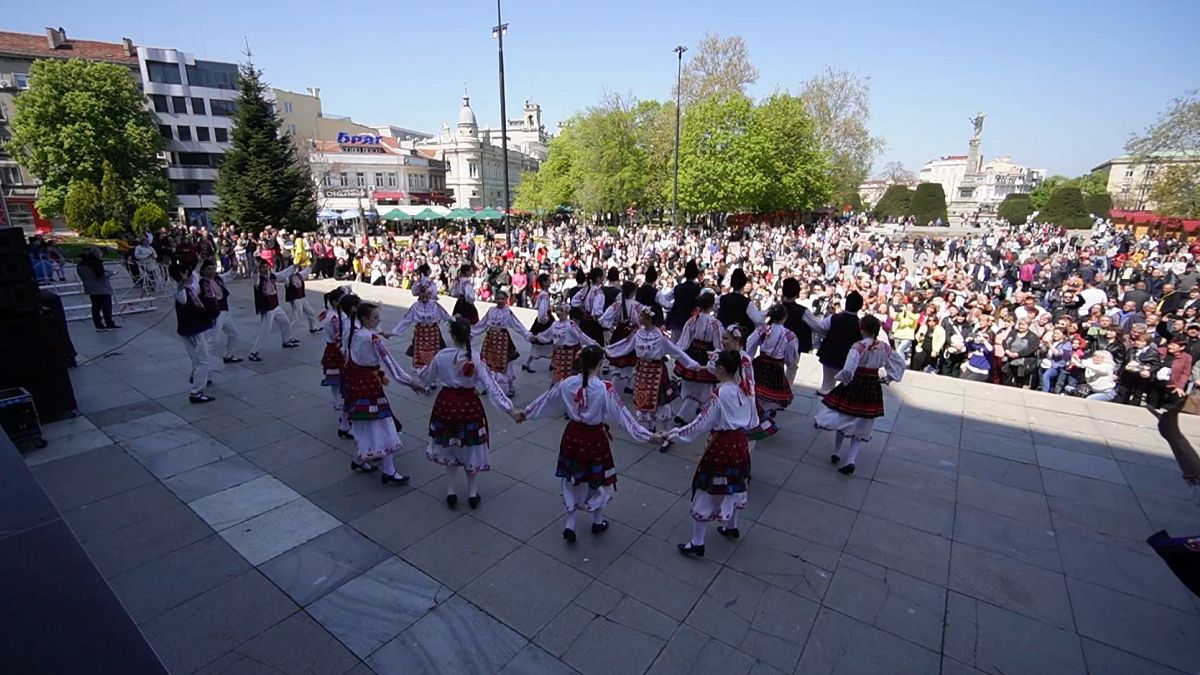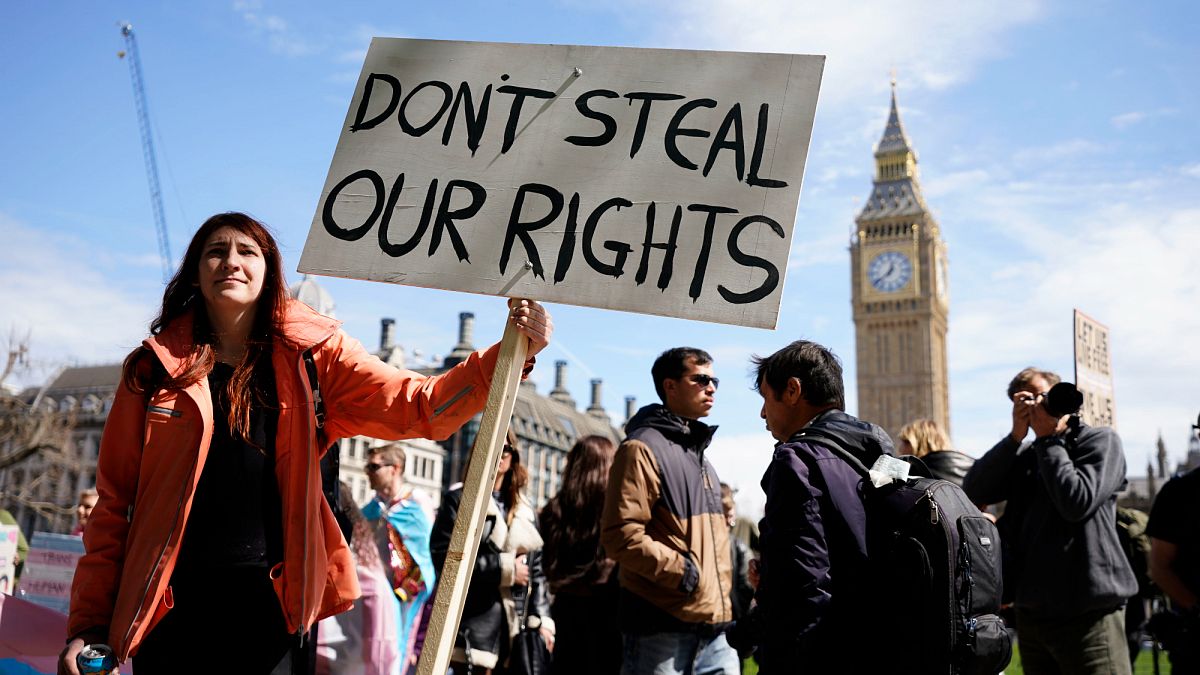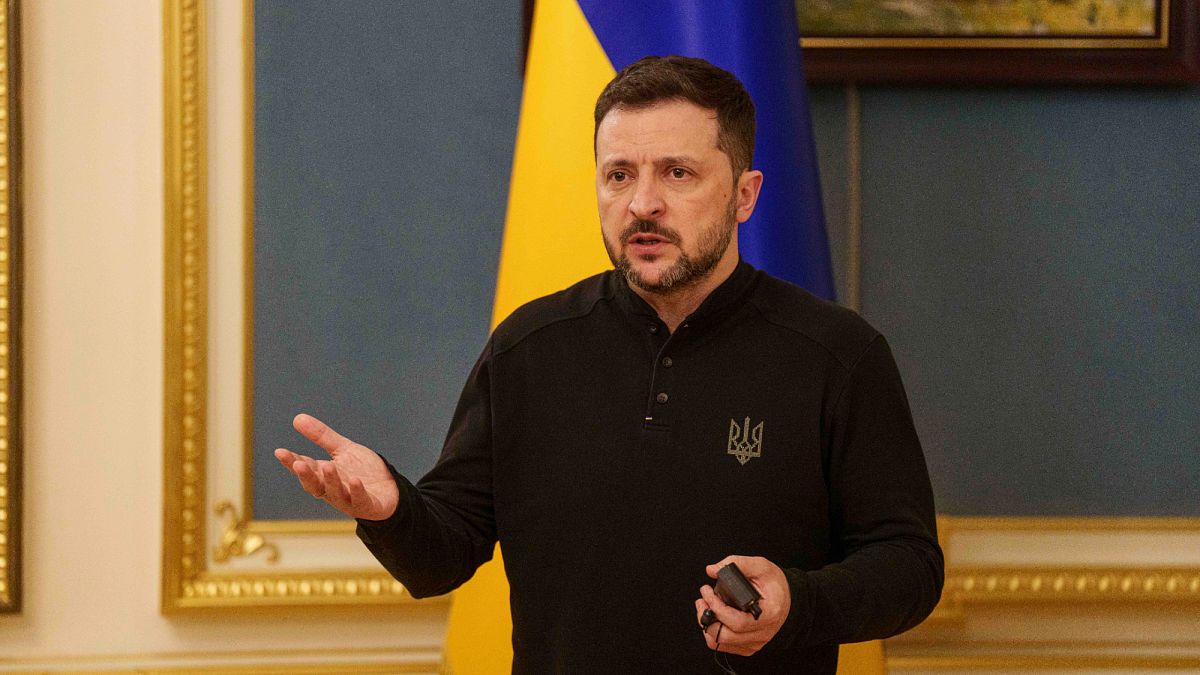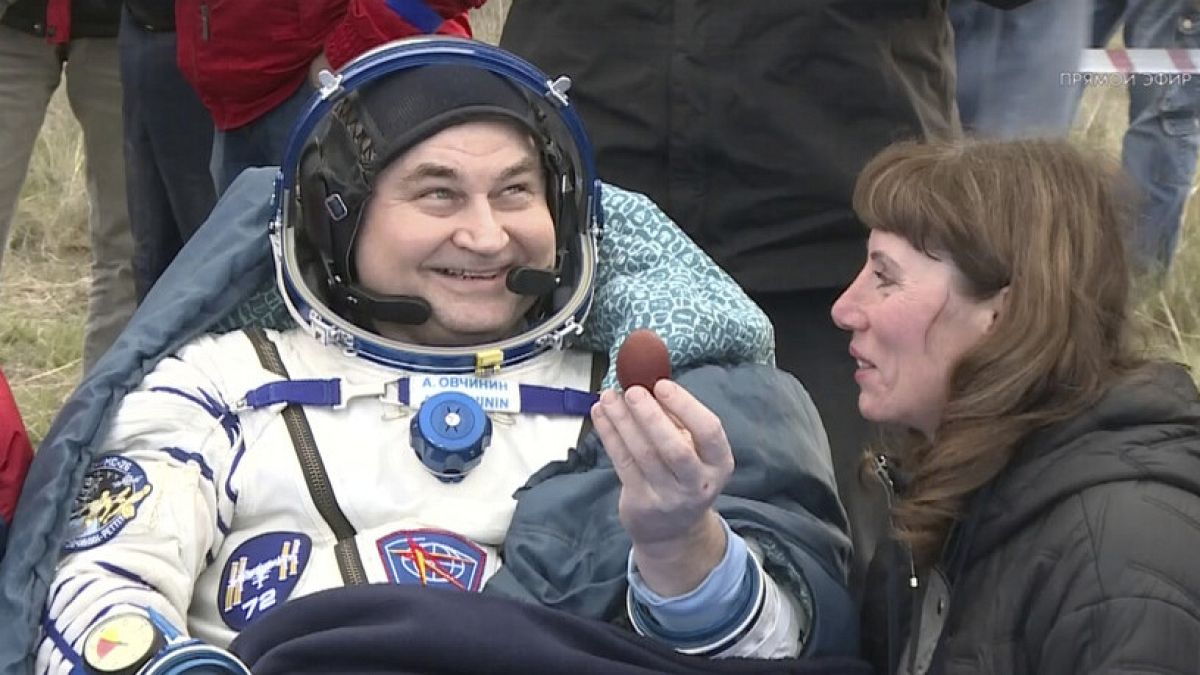Alcohol-free and low-alcohol beer production in the EU jumped by 13% from 2022 to 2023, while the share of traditional brews declined. How large is the gap now?
Although the EU is producing more and more low-alcohol (less than 0.5% of alcohol content) or zero-alcohol beer, the vast majority of beer in the bloc remains alcoholic.
In 2023, traditional beer accounted for around 95% of beer production across the bloc, at over 32bn litres. That's against only 1.8bn litres of alcohol-free or low-alcohol beer.
However, non-traditional beer is making huge leaps to bridge the gap, Eurostat numbers show.
From 2022 to 2023, non-traditional beer production rose by over 13% while traditional brew production went down by 5%.
Which is the EU's biggest beer brewing country?
Germany dominates the continent's beer market on all fronts.
It remains by far the EU's biggest traditional brewer, accounting for 22% of the EU's total output, followed by Spain at 12%.
Germany also places first for alcohol-free or low-alcohol beer, with around 30% (556m litres), followed again by Spain at 14% (253m), the Netherlands (202mn), France (161mn), the Czech Republic (117m) and Romania (85m).
Exports: Britain's love for EU beer overcomes Brexit
In terms of exports, the Netherlands is the top EU seller of traditional beer, accounting for 21.5% of EU sales outside the bloc.
Despite Brexit, the UK is the main destination for EU beers, accounting for 23% of total exports. The second biggest export partner is the US (16.1%) followed by Russia (8.4%), China (7.3%) and Cuba (5.2%).
When it comes to imports from outside the bloc, British beer is the most imported in the EU (57.6%), followed by Mexican beer (17.2%).
In terms of imports, France remains the largest importer of alcoholic beer, with 17.1% of the EU's total.
Video editor • Mert Can Yilmaz

 5 months ago
42
5 months ago
42






 We deliver critical software at unparalleled value and speed to help your business thrive
We deliver critical software at unparalleled value and speed to help your business thrive






 English (US) ·
English (US) ·